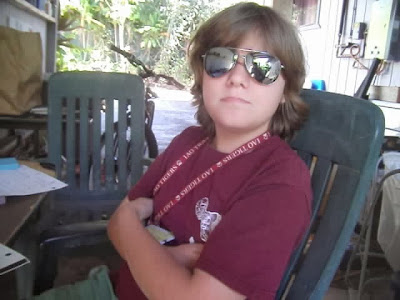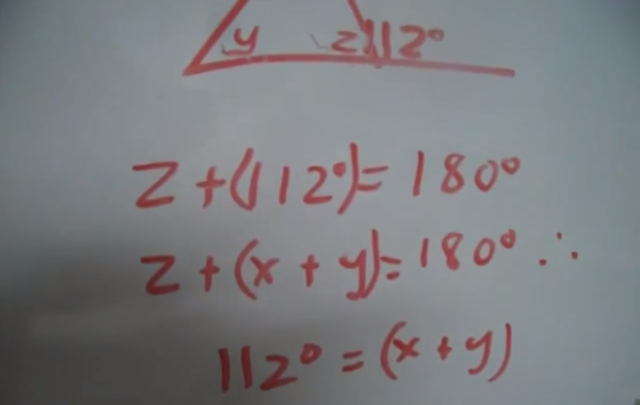 Crewton Ramone in the classroom! Here are a few videos and shots where second graders use manipulatives and do math that is supposedly beyond their years. These videos should give you a good idea how to incorporate the blocks into the classroom. Manipulatives make math fun and easy. They make math concepts visually obvious and you can get a lot more math done in a shorter amount of time once the students become familiar with the base ten blocks. Look how many addends get made when they build a tower. It's much better than writing them down over and over again--and more effective. Be careful with worksheets.
Crewton Ramone in the classroom! Here are a few videos and shots where second graders use manipulatives and do math that is supposedly beyond their years. These videos should give you a good idea how to incorporate the blocks into the classroom. Manipulatives make math fun and easy. They make math concepts visually obvious and you can get a lot more math done in a shorter amount of time once the students become familiar with the base ten blocks. Look how many addends get made when they build a tower. It's much better than writing them down over and over again--and more effective. Be careful with worksheets. But don't be fooled into thinking all these kids can do with manipulatives is add and subtract and do some place value...they can learn all kinds of math concepts. The basic operations (addition subtraction, multiplication, division) and much, much more. Use your search engine I have tons of vids and posts up about math from counting thru high school math.
I often forget to turn my camera on during the lessons. You can look at the board and tell we covered a lot of math concepts, from square numbers to square roots to multiplying by nine. Here is a post lesson short:
Here they are doing second grade math, just learning their addends. I can't stress enough how important it is to learn and master all 45 addends. We have broken into teams and they are racing to build pyramids of 10's and 13's...or you could use worksheets and get less done in more time. Note how we go from addends to factoring polynomials without skipping a beat. I expect you can see how it's all one lesson. Even when we are doing algebra, the algebra is just along for the ride what we are focused on at the second grade level is multiplication and addends and having fun.
You can hear the fun. Building towers is a favorite fun second grade math activity. I use it as a reward. They practice addends and have fun doing it. But they can do much more than just addends, they can do algebra, understand problem solving fool around with Pythagoras' math concepts regarding triangles and much more. As you can see addends in algebra go together all in one breath as it were, factoring cements the addends and gives them some multiplication and factoring of numbers and algebraic expressions.
Second Graders Factoring x² + 9x +18 with EASE!
This video is unlisted and won't come up in searches. It is on the sample lessons page along with a whole lot more. Gives you a little taste of the stuff you can get with a password. The password protected pages have hours and hours of vids. Here is a sample addends lesson with very young students.
Second Graders Tell ME Pythagorean Theorem
Breaking them into teams makes the whole thing much more manageable, creates a little competition but also lets kids know as they are working on the problems and other teams jump up and yell "done!" that they aren't impossible and that if their peers can do it, they can do it. It also adds a little excitement.
This little group of girls is working together trying to figure out what fits in the corner...not only do they get math skills but they learn team work and cooperation. I can't tell you how many times the kids who are supposedly the top of the class in math end up "losing" to other kids who are not as good at math as they are (my own son included) because they couldn't get their group to work as a team. And by "losing" I mean finishing after the other "winning" group, sometimes by mere seconds.
Keep it fun and keep it moving. Just play. Play is very important...it makes learning easier and faster.
I have several posts showing the use of base ten blocks in classroom situations plug Crewton Ramone In the Classroom into your favorite search engine and see what comes back...besides these:
http://crewtonramoneshouseofmath.blogspot.com/2013/04/crewton-ramone-in-classroom.html
http://crewtonramoneshouseofmath.blogspot.com/2013/05/crewton-ramone-using-base-ten-blocks-in.html
And now you know why in the world of Mortensen math this is no big deal, astonishing to some but not me or other who have spent the time to learn to use this effective method for teaching.
)
Don't forget to find me on FB.






